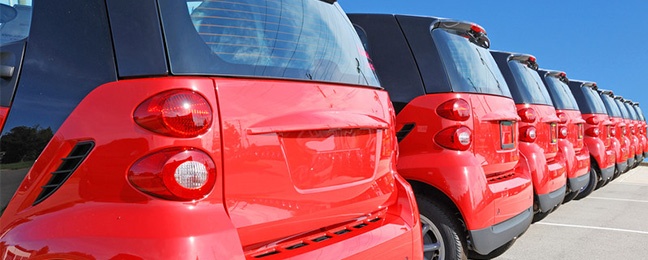One day many, many years ago someone got the idea to jump on the back of a horse and ride it rather then walk everywhere they needed to go. Not long after, someone else got the idea that they too would like to ride rather then walk. However, they decided that they would rather steal a horse then pay for their own. From that moment forward, while what we are ride has changed from horses, to wagons to motorized vehicles, one thing has remained constant: A small group of people have been motivated to steal peoples rides, while owners have been motivated to find ways to protect their investment.
When horses started getting stolen owners started marking them with a brand that uniquely identified them. This facilitated identification and recovery of a stolen horse. Today, manufacturers of vehicles put their brand on vehicles by badging them with a make and model. However, OEMs go a step further by assigning and affixing each vehicle produced with a unique 17-Digit vehicle identification number or VIN. These VINs have been required and standardized by the NHTSA since 1981. They are used by law enforcement to assist in identifying and recovering stolen vehicles and to return them to their rightful owners.
Recently though, some enterprising thieves have been using the VIN to cover their efforts to steal vehicles. The process, referred to as VIN cloning, involves thieves obtaining a legitimate VIN from a vehicle that they don't intend on stealing. They use this VIN to create a false VIN plate, then target vehicles of a similar year, make and model. Once stolen, the "hot" vehicles VIN plate, located on the front corner of the drivers side dash, is replaced by the duplicate plate the thieves have created. Because the VIN on the duplicate plate is legitimate, and the owner of the vehicle it was copied from has no way of immediately knowing and reporting that it was copied, the thief can use this to their advantage to even register and sell the vehicle or scrap it for parts.
Even the person who's VIN is cloned is often harmed in this scenario. It can cause title/registration issues for the true owner of the duplicated VIN and also can result in events showing up on the vehicle history report that are accidents associated with the stolen vehicle. When the owner of the true VIN looks to sell the vehicle these accidents can show up in the CarFax and effect the selling price of the vehicle.
How you can protect yourself and your vehicle
One of the most effective deterrents is to etch your VIN number in your vehicles glass. It is usually etched on the windshield, right near where the VIN is located, as well as on the drivers window and the rear window. There are numerous companies that sell kits to accomplish this and in some locations local law enforcement or AAA will do it for free (contact your local AAA club to see if this service is available in your area). Proponents claim that vehicles with the VIN etched into the glass have a significantly lower rate of theft and a higher rate of recovery. An additional benefit is that many insurance companies offer a discounts off comprehensive coverage or even waive your deductibles if you VIN etch your vehicles glass.
